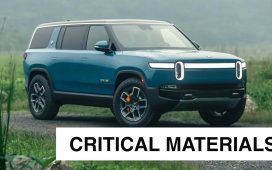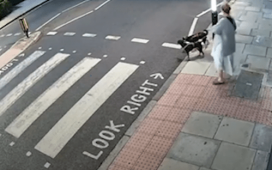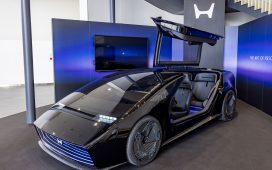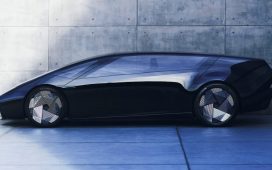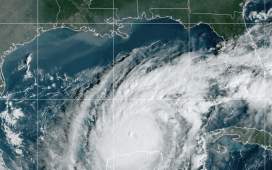If you charge at home, a typical 240-volt, 32-amp (Level 2) charger takes between 9 and 13 hours to fully charge an EV that can go more than 200 miles—about 25 to 30 miles of charge for every hour your vehicle is plugged in. A public Level 2 charger charges at the same rate but is appropriate for cases where people might spend a few hours at a restaurant or library or when parked at a train station, taking advantage of the opportunity to top off.
Things get a lot more complex with DC fast chargers, which can typically charge a battery from 20 percent to 80 percent in about a half-hour, on average. Tesla’s Superchargers are even quicker, with the speed varying by model, although many of them are open only to Tesla vehicles. Exactly how fast your EV charges depends on the size of the battery, how fast the car is able to take the charge, the amperage of the circuit, and even the weather.
In theory, chargers that can deliver up to 150 kW of power can add up to 9 miles of range per minute for some vehicles. Chargers that deliver up to 350 kW of power can add about 20 miles of range per minute—but only if the car has a compatible plug and is designed to accept ultra-fast charging.
In other words, if you drive a Ford Mach-E, Kia Niro EV, or Chevrolet Bolt—none of which is designed to accept ultra-fast charging—don’t bother searching for a 350-kW charger because your car can’t charge at that speed. Instead, the car will limit the flow of electricity based on the car’s max acceptance rate. For the example of the Mach-E, that’s 115 kW, which means a 150-kW charger would’ve been plenty. Although a Porsche Taycan or Hyundai Ioniq 5 can take advantage of the faster chargers, these stations can be harder to find—and in higher demand—than a 150-kW charger.
In addition, big vehicles with big batteries—like the GMC Hummer EV and Ford F-150 Lightning—take longer to charge, just as conventional trucks and SUVs with big fuel tanks take longer to fill.
In our own evaluations, we observed that EVs charge faster at DC charging stations when the battery is low and gradually ramp down the charging speed. We also noticed variations in charging speeds between different locations even within the same network, and that charging often took longer than manufacturers’ claims.

